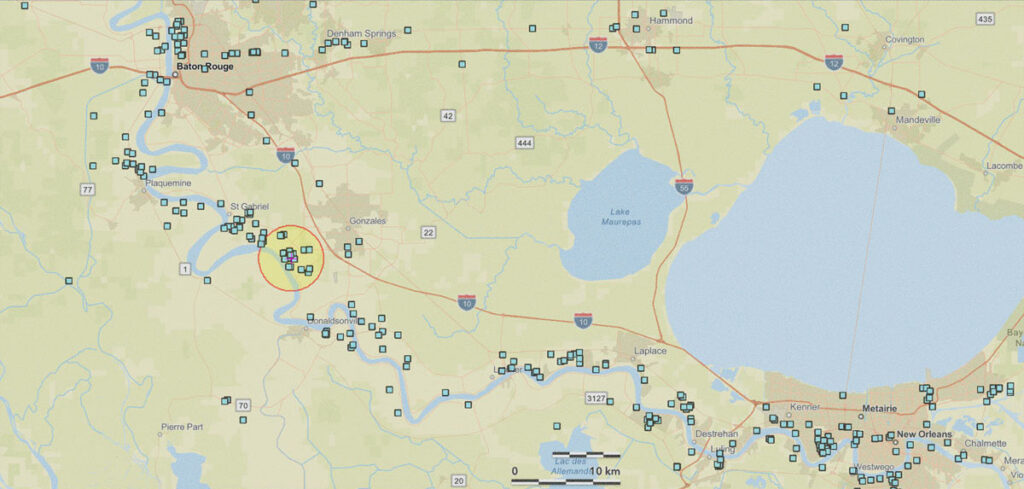Keep reading about similar topics.

Also referred to as social determinants of health , these conditions range from access to and quality of education, transport, and health care services to housing conditions and the toxics and pollutants we are exposed to in the neighborhoods we live in.
While definitions may vary around what these conditions are and which should be prioritized, there is general consensus that:

In alignment with efforts tackling the root causes of health inequities, Healthy Building Network (HBN) entered into a partnership with United Renters for Justice (IX), a nonprofit working to transform the Minneapolis housing system, to reduce tenant exposures to toxic chemicals used in building products. Funded through an Environmental Assistance grant by the Minnesota Pollution Control Agency (MPCA), this collaborative project prioritized toxic exposure reduction in areas designated to be of environmental justice (EJ) concern by the MPCA. EJ concern areas include tribal land and census tracts with higher concentrations of low-income residents and people of color – communities that are disproportionately impacted by toxic chemical exposures and other forms of pollution.
This collaboration provided the unique opportunity to embrace the perspective of tenants in the co-creation of resources to help them make informed decisions about the products used in their housing units and common areas. Specifically, this meant designing resources that would leverage IX’s organization and mobilization skills as well as the structure of a recently established tenant cooperative, “A Sky Without Limits.” Also, it meant increasing information accessibility, for example, through the use of non-technical language and making the resources available in both English and Spanish.
Tenant organizations and other stakeholders can access HBN’s healthier building product guidance at informed.habitablefuture.org and by watching this 10-minute seminar video:
Watch the Seminar (English)
Ver el Seminario (Español)
This high-level, 10-minute recording can be used to educate the general public (e.g., tenant meetings) about the importance of avoiding toxic products. It begins by breaking down myths and misconceptions around the perceived hazards and safety of natural and synthetic chemicals and discusses how toxic products impact individuals and families, especially children, along the lifecycle of products.
By empowering the people most affected by toxic chemical exposures to advocate for and create change in their living conditions, this project creates avenues for creating a safer environment for all. Anyone who influences product purchasing decisions – including manufacturers, building owners, managers, developers, architects, investors, policy makers, and consumers – has the power and responsibility to reduce health inequities for those using or exposed to those products every day. This includes residents, workers, installers, and the communities that surround the facilities where these materials are processed and disposed of. By making material health a priority in your decision-making processes, you’ll be joining efforts to tackle the root causes of health inequities in communities around the world. Visit informed.habitablefuture.org to learn how our building product guidance can help you make better material choices.